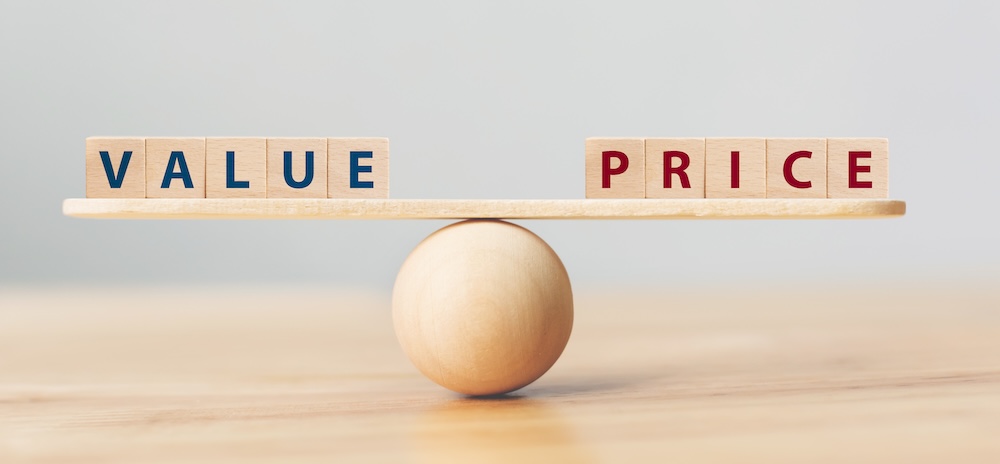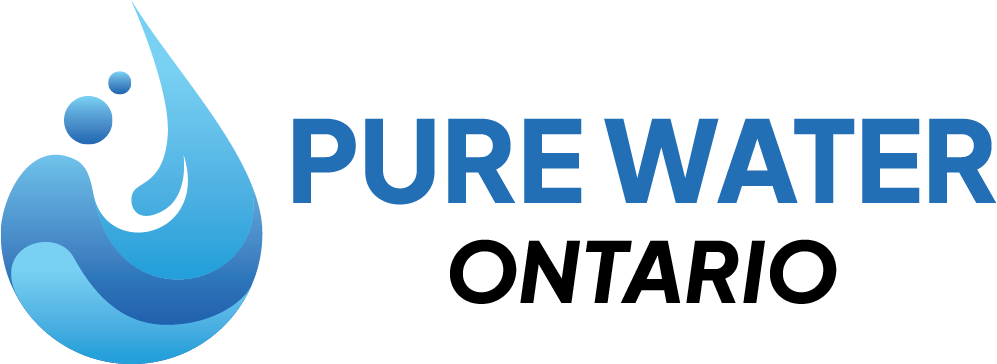Clean drinking water is one of those office essentials that everyone takes for granted until the dispenser runs dry or starts tasting off. A reliable water dispenser does much more than provide hydration. It supports employee wellness, keeps energy levels steady throughout the day, and helps create a more comfortable work environment.
Choosing the right water system for your office is not as simple as picking one that looks sleek or affordable. It involves understanding your team’s habits, your space, and the long-term costs of ownership or leasing. The right choice can make a big difference in convenience, sustainability, and overall satisfaction.
This guide will help you explore the options, understand what features matter most, and learn how to make an informed decision that suits your workplace and your people.
1. Understanding Your Office’s Water Needs
Every office has different hydration requirements. The number of employees, daily routines, and even the climate influence how much water your team consumes. A small office may only need one dispenser, while a busy warehouse or clinic may require several high-capacity systems.
Your office layout also matters. If your space has multiple floors or departments, placing dispensers in convenient areas prevents congestion and encourages regular hydration.
Tip: A practical way to plan capacity is to estimate that each employee drinks about six to eight cups of water a day. Use this to calculate how many units your office needs. For example, a team of 50 employees often benefits from two dispensers placed in different locations.
Finally, consider how easy it is to connect to your water source. Some systems require a direct water line, while others can be positioned anywhere. Understanding these details early helps ensure the system fits both your needs and your space.

2. Types of Office Water Dispensers
There are two main types of water dispensers commonly found in offices, each with advantages depending on your priorities and budget.
Bottled Water Coolers
Traditional bottled coolers use large refillable jugs that sit on top of the unit. They are easy to install and can be placed almost anywhere, which makes them popular in offices without plumbing access.
However, bottled systems require ongoing deliveries, storage space for full and empty bottles, and manual lifting for replacements. Over time, these tasks can add up in cost and effort, and they create plastic waste that affects sustainability goals.
Most bottled systems are leased rather than purchased outright. The lease typically includes the cooler unit and regular bottle deliveries. It is a simple and flexible arrangement, though long-term costs tend to be higher.
Point-of-Use (Bottleless) Water Systems
Bottleless water dispensers connect directly to your building’s water line and filter the tap water to provide an endless supply of clean, great-tasting drinking water.
These systems are more sustainable and cost-effective because there are no bottles to replace or deliveries to manage. The leasing arrangement usually includes installation, routine filter changes, and maintenance. Once set up, bottleless systems run quietly in the background with little need for attention.
They do require access to plumbing, but that is generally a one-time installation. Many businesses find that the long-term savings and environmental benefits make this setup the more attractive choice.
3. Key Features to Look For
Not all dispensers are the same. Here are the most important features to consider when selecting a unit for your workplace.
Advanced Filtration Systems
Clean water starts with effective filtration. Modern systems use multiple filtration stages to remove sediment, chlorine, and contaminants such as lead or heavy metals. Some models also include reverse osmosis or ultraviolet light treatment for additional purification.
The result is fresh, great-tasting water that encourages employees to drink more throughout the day. Filtration also reduces odors and improves clarity, which adds to the overall experience.
Hot, Cold, and Ambient Water Options
Many dispensers offer multiple temperature settings. Having hot water readily available makes it easy to prepare tea, coffee, or instant meals. Cold water is refreshing on warm days, while ambient water appeals to those who prefer a neutral temperature. Choosing a model with these options ensures everyone is satisfied.

Touchless or Hygienic Dispensing
Touchless technology has become a standard in modern offices. Systems equipped with sensors or foot pedals allow users to fill their bottles without contact, reducing the spread of germs. This feature supports a healthier and more hygienic workplace.
Energy Efficiency
Energy-efficient systems help manage utility costs. Look for models with recognized efficiency certifications or smart sensors that reduce power use during idle hours.
Maintenance Alerts and Self-Sanitizing Functions
Some dispensers include smart alerts that signal when it is time for a filter change or cleaning. Certain models also feature self-sanitizing technology to maintain cleanliness automatically. These functions reduce maintenance work and ensure consistent water quality.
4. The Environmental Impact: Why Bottleless Is the Sustainable Choice
Sustainability is an important consideration for many businesses. Bottleless water systems eliminate the need for plastic bottles, which reduces waste and lowers the environmental impact. Without bottle manufacturing and weekly delivery trucks, these systems help cut carbon emissions and support greener operations.
A bottleless system also promotes a culture of sustainability within the office. Employees see firsthand how small changes, such as using a refillable bottle instead of single-use plastic, contribute to a cleaner planet. Over time, this reinforces positive environmental habits across the workplace.
5. Comparing Costs: Short-Term vs. Long-Term Investment
At first glance, bottled systems may appear less expensive because the monthly lease and delivery fees seem manageable. However, long-term costs tell a different story. Bottled coolers involve recurring expenses such as bottle delivery, deposits, and storage management. These costs accumulate quickly, especially for larger offices.
Bottleless systems are also commonly leased, but the cost structure is simpler. You pay a single monthly rate that often includes installation, maintenance, and regular filter changes. There are no extra charges for bottles or deliveries. Over time, this model results in meaningful savings and a faster return on investment.
Many offices that switch from bottled delivery to a bottleless system see a noticeable reduction in total water costs within the first year. Eliminating bottle storage also frees up valuable space and reduces the workload for staff who previously handled deliveries.

6. Installation and Maintenance Considerations
Most water dispensers include professional installation and servicing. For bottleless systems, a technician connects the unit to your existing water line and performs initial testing to ensure quality and flow. The process is usually quick and minimally disruptive.
Maintenance is simple. Filters are replaced every six to twelve months, depending on usage and water quality. Many providers include this as part of the lease plan, along with routine cleaning and inspection. This ensures reliable operation without requiring your staff to handle upkeep.
If your office has unique layout challenges or older plumbing, scheduling a site visit beforehand helps determine the best setup and prevents future issues.
7. Health, Safety, and Compliance Factors
Clean drinking water is a basic health requirement in any workplace. When evaluating systems, look for models that meet recognized certifications such as NSF International or CSA Group standards.
NSF certification confirms the filtration system effectively removes contaminants and meets health-based performance criteria. CSA certification ensures the equipment complies with Canadian safety and electrical standards.
Together, these certifications confirm that the dispenser is safe, reliable, and suitable for use in Canada. Many systems also feature sealed water pathways, stainless-steel tanks, or ultraviolet sterilization to prevent bacteria buildup and maintain hygiene between cleanings.
8. Matching the Dispenser to Your Workplace Culture
A water dispenser may seem like a small detail, but it plays a quiet role in shaping your office culture. It is often a place where employees take a moment to relax, chat, or recharge. Choosing a dispenser that fits your office environment enhances that daily experience.
Sleek, modern designs complement professional settings, while compact models suit smaller or more practical spaces. The dispenser should be easy to use, accessible for everyone, and quiet enough to avoid disruption in open office layouts.
These small details can improve employee comfort and satisfaction while reinforcing your company’s commitment to providing a healthy workplace.
9. Questions to Ask
Before finalizing your decision, it helps to ask a few key questions:
- How many employees will use the system daily?
- What kind of filtration technology does it use, and how often are filters replaced?
- Is a water source easily accessible for installation?
- Do you need both hot and cold water options?
- How energy efficient is the model?
- What type of maintenance and service plan is included in the lease?
- Is the system quiet and easy to clean?
- How much floor or counter space is available?
Answering these questions will help you narrow your choices and select a dispenser that truly fits your needs.
Investing in Smarter Hydration
The right office water dispenser does more than supply drinking water. It supports employee health, enhances workplace culture, and reflects your company’s commitment to sustainability and smart spending.
By considering your team size, available space, and maintenance preferences, you can find a hydration system that delivers clean, fresh water every day without unnecessary effort or expense. Investing in a modern dispenser improves comfort, convenience, and workplace well-being for years to come.

